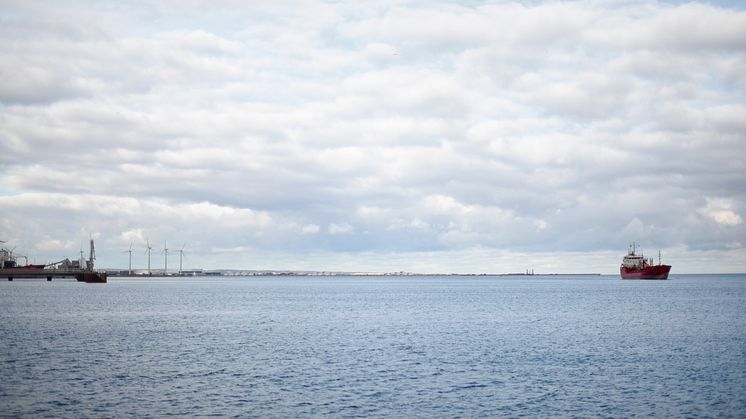
News -
CMP: A new CCS strategy clarifies the role of ports in CO2-capture
This Tuesday, a broad political majority reached an agreement that will seriously boost carbon capture on Danish soil as a vitally important tool to achieve the national greenhouse gas emissions target of a 70% reduction by 2030.
The agreement foresees CO2-emissions reductions of 0.4 million tonnes per year from 2025, increasing to 0.9 million tonnes from 2030. Efforts must be kick-started when the first part of a total grant pool of DKK 16 billion for the establishment of facilities and infrastructure for carbon capture can be applied for from next year.
“CMP has been eagerly awaiting the political agreement that will clear the path for Denmark to become a hub for C02-capture. For those of us who want to participate in CCS and CCUS, it is important to clarify the playing field, because there are large financial investments involved. The ports are a natural link in the overall value chain when the captured CO2 is to be shipped for storage. With port facilities in immediate proximity to several of the major point sources in the metropolitan area, we are well placed to be a collection point for loading of large amounts of CO2 on Prøvestenen for onward shipment to the North Sea for instance, or as an intermediate storage for new uses in i.a. future forms of energy. Over the past year, we have been preparing for this, so it is positive to have a political plan to work after on Prøvestenen,” comments Barbara Scheel Agersnap, CEO of Copenhagen Malmö Port.
An important element of the agreement is precisely the establishment of local joint efforts on capture, storage, and usage in the major Danish cities, including Copenhagen. CMP is part of the cluster collaboration C4, which brings together a number of the largest point sources in the metropolitan area for the purpose of reducing CO2-emissions by 3 million tonnes annually, corresponding to approximately 15% of the total Danish reduction target.
“The strategy places a heavy emphasis on the need and benefits of partnerships. When more actors share the infrastructure, the green transition becomes less costly due to that the benefits of large-scale operations can be reaped. The C4 collaboration is a good example of this,” notes Barbara Scheel Agersnap.
As a follow-up to the CCS strategy, the Danish Government presented their proposal for a national PtX strategy yesterday. It proposes an electrolysis capacity of 4-6 GW for production of green hydrogen and hydrogen-based fuels. CMP highly acknowledges the ambitions outlined in the strategy and the initiative to prioritize necessary development of port infrastructure, supporting PtX facilities and bunkering of future fuels. Closely connected to a wide field of off-takers, ports are a natural hub in the PtX value chain.

